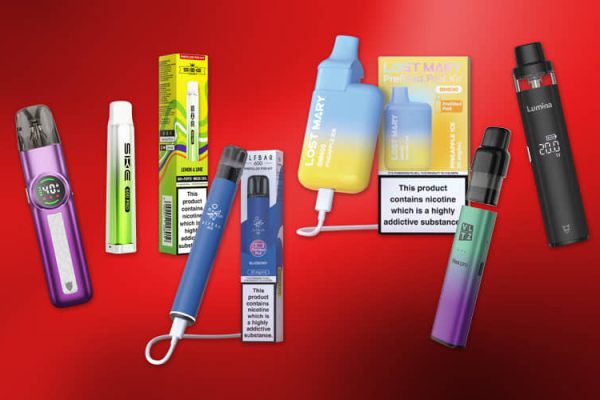If you have ever watched a futures chart and wondered why a longer-dated contract is cheaper or more expensive than a near-term one, you’ve encountered the forces of contango and backwardation. These terms may sound technical, but they play a crucial role in shaping prices, influencing strategy, and revealing supply-demand dynamics. For anyone active in commodities trading, understanding these market structures is essential.
What Contango Tells You About Market Expectations
Contango describes a situation where futures prices are higher than the current spot price or near-term contracts. It typically occurs in markets where there is adequate supply and the cost of carrying the commodity such as storage, insurance, and financing, is priced into future contracts.
In oil markets, for instance, contango often appears when inventories are full and demand is weak. Traders are willing to pay more for future delivery because storing and insuring the product over time adds to the total cost.
Contango is not inherently negative. It reflects a market where there is no immediate shortage. However, for traders holding long positions in futures, it can be a challenge. As each contract nears expiration, they may have to roll into a higher-priced contract, creating a loss known as roll decay.
Understanding Backwardation and Tight Supply Conditions
Backwardation is the opposite scenario. It happens when futures prices are lower than the spot price. This usually signals tight supply or high current demand. In this environment, traders are willing to pay more for immediate delivery than for future contracts.
Backwardation often appears in agricultural markets during poor harvest seasons or in energy markets when supply chains are disrupted. It can also suggest that traders expect the market to rebalance over time.
In commodities trading, backwardation can benefit long-term traders. Rolling contracts forward often results in a gain because the new contract is cheaper than the one expiring.
Why These Structures Matter to Traders
For short-term trades, contango and backwardation may seem irrelevant. But for longer-term positions, especially those involving futures or ETFs that track commodities, these pricing structures can significantly affect returns.
A commodity ETF, for instance, may underperform the spot price of the commodity if the underlying market is in strong contango. This is because the fund continuously rolls contracts at higher prices, eroding its value over time.
Understanding where the market sits—whether in contango or backwardation, can help shape entry and exit points, guide contract selection, and inform strategy adjustments.
The Role of Inventory and Seasonality
These structures do not exist in a vacuum. They are heavily influenced by inventory levels, seasonal demand, production rates, and geopolitical developments. A sudden change in stockpiles or a new trade agreement can flip a market from contango to backwardation in a short period.
Keeping an eye on government reports, export data, and supply chain disruptions provides clues about where the market may be headed and whether pricing is reflecting a premium or a discount for time.
Strategy Shifts Based on Market Shape
Some traders design strategies specifically around these conditions. In contango, they may look to short long-dated contracts while buying near-term ones. In backwardation, they might do the opposite, expecting the structure to normalize.
In more advanced commodities trading, these structural shifts are not just informative, they are tradeable. Recognizing changes in the forward curve helps traders identify opportunity windows that are often missed by those focused solely on spot prices.
Staying Informed in a Dynamic Landscape
Market structures like contango and backwardation are always changing. They are reflections of how the world feels about future supply and demand. Traders who keep learning and stay aware of these shifts often find themselves ahead of the curve, literally and figuratively.
Understanding the forward curve is not just for economists or analysts. It is a practical, everyday tool that every serious commodities trading participant should use to their advantage.






